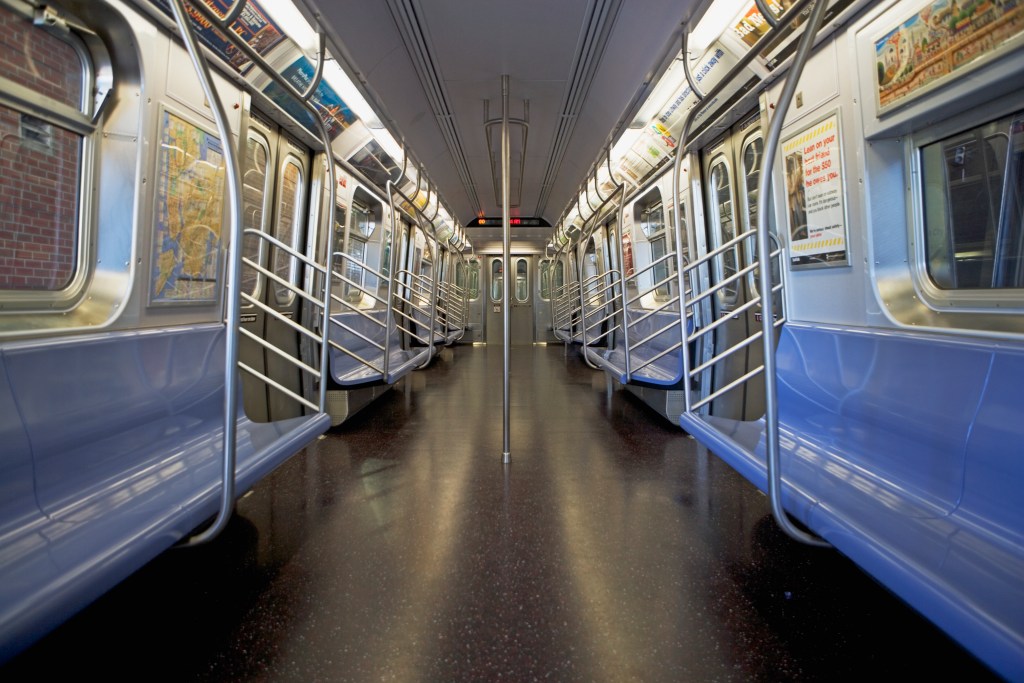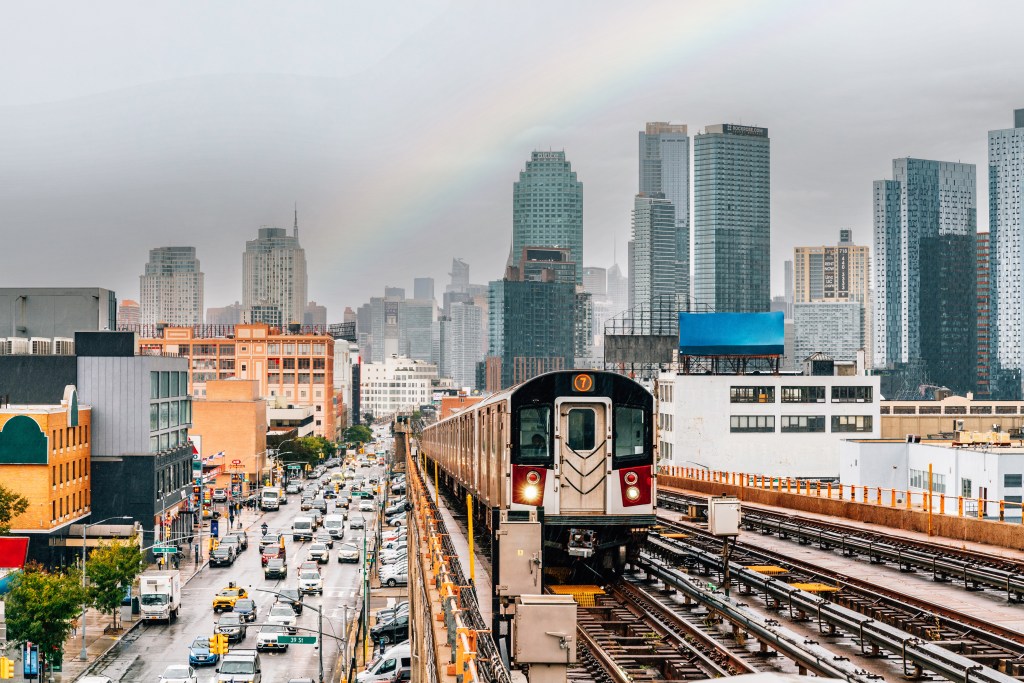Delaware, though smaller than other New England hotspots, is home to a handful of amazing fall festivals.
Some of the best can be found around the Wilmington area, along with other seasonal experiences. For example, you can explore the area’s covered bridges, step into the luxury trappings of a duPont Estate, and wander the trails in Brandywine Creek State Park and the Ashland Nature Center.
But if you want a classic harvest festival, autumn-centric adventure, the best place to soak up the seasonal fun is at the various fall festivals in Delaware’s Wilmington area. Some are autumn-themed, while others give you the chance to get outdoors and enjoy the last of the warmth before winter comes.
This year, there are seven large events around the Wilmington area to keep on your radar as you check off other harvest festivals. Check them out below.
Best fall festivals around Wilmington from September – November
Oktoberfest—Delaware Saengerbund (September 19 – 21)
Part fair and part traditional beer-drinking gathering (a la the Munich Oktoberfest), this family-friendly event lets you enjoy three days of carnival-style fun. There are amusement rides and games for kids, along with parades, musical performances, traditional souvenirs, and more. Expect tons of German heritage, from the Enzian Volkstanzgruppe dancing troupe to specialty dishes like bratwurst and weisswurst.
Hagley Car Show (September 21)
Dubbed the ‘best car show in Delaware’, the 2025 Hagley Car Show will include over 500 rides from the early 1900s until the end of the century. This year, the theme is ‘pony cars’, which refers to compact, sport, and high-style convertibles.
As an added bonus, the 2025 Hagley Car Show will include a special exhibit called Du Ponts Down the Road. It will feature historic vehicles dating back to the late 1800s, along with modern cars that have stayed within the du Pont family.
Wilmington International Film Festival (October 9 – 12)
If you love film, you’ll enjoy this three-day event. This year’s lineup includes spy thrillers, comedies, dramas, and plenty more from some of the state’s great creative minds. Some, like Espina, have taken home major awards already. Make sure to take a look at pre-event and post-event gatherings, in case you like to schmooze with filmmakers and other attendees.
The River Towns Ride & Festival (October 11)
There’s no better time for a cycling event than autumn. Whether or not you want to compete in this riverside ride, the festival has plenty of appeal. Cyclists who cover the most distance are awarded medals, but all participants are able to enjoy the historic riverfront areas in places like Wilmington, Chesapeake City, New Castle, and Delaware City.
As an added perk, all cyclists over the age of 21 get a free beer when they cross the finish line.
Hagley Craft Fair (October 18)
This craft fair brings together some of the East Coast’s best artisans. They sell their wares, from crafts to gourmet treats to fine arts. Expect handcrafted items made from leather, wood, pottery, jewelry, metal, and more.
Though it’s not a traditional autumn or harvest festival, you’ll find plenty of fare that fits the seasonal mood, making this a great option for anyone who loves fall.
Diamond State Black Film Festival (November 6 – 9)
Similar to the Wilmington International Film Festival, cinephiles will enjoy the Diamond State Black Film Festival. The only difference is that works are created by people of color with the goal of inspiring and empowering the next generation of storytellers. There are also panel discussions, workshops, and even master classes from a range of artists and professionals.
Delaware Antiques Show (November 7 – 9)
Ready to step into one of the country’s most highly acclaimed antique shows? The Delaware Antique Shoe brings on more than 60 highly acclaimed and prestigious antique dealers. Whether you’re a casual collector, a pro, or just someone who enjoys classic fine arts and pieces, you’ll find something to drool over. If you’re really into antiquing, don’t miss out on the various lectures offered daily.

